Sweaters are a wardrobe staple that have been around for centuries, keeping people warm and stylish through the ages. But did you know that the history of sweaters is just as fascinating as the garments themselves? From hand-knitted to machine-knitted, the evolution of the sweater is a story of innovation, fashion, and technology.
It all started in the 16th century, when fishermen from the British Isles began wearing hand-knitted woolen sweaters to protect themselves from the harsh sea winds. These early sweaters were made by hand, using traditional knitting techniques that had been passed down from generation to generation.

As the popularity of the sweater grew, so did the demand for faster production. This led to the invention of the knitting machine in the 18th century, which revolutionized the way sweaters were made. With the ability to produce sweaters at a faster pace, the machine-knitted sweater quickly became the go-to choice for fashion-conscious consumers.

In the 1920s, the sweater became a fashion statement, thanks to the rise of the jazz age and Hollywood glamour. Suddenly, sweaters were not just practical garments, but a way to express style and personality. From flapper girls in beaded sweaters to dapper gentlemen in argyle patterns, the sweater became an essential part of the modern wardrobe.


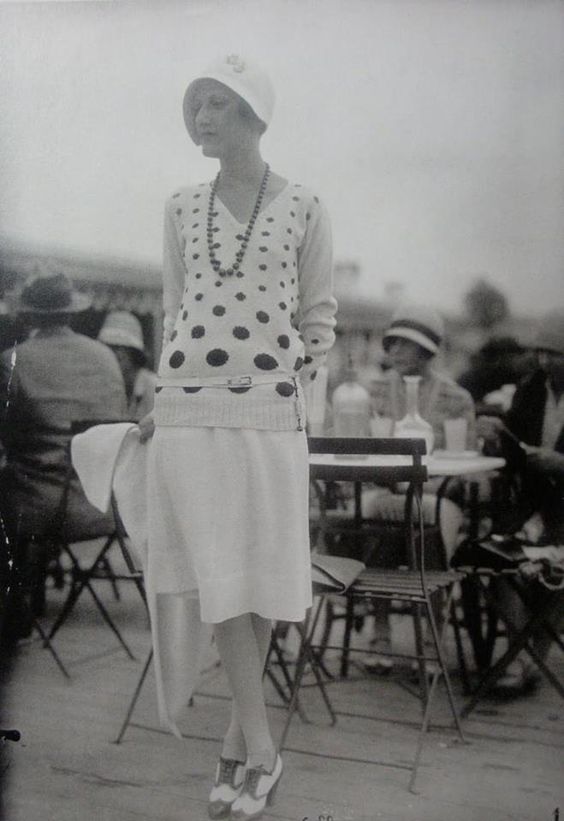
But it wasn’t until the 1950s that the sweater truly became an icon of fashion. With the rise of rock and roll and rebellious youth culture, the sweater took on a new life as a symbol of rebellion and individuality. The popularity of the hand-knitted sweater also experienced a resurgence during this time, as young people began to reject mass-produced clothing in favor of more authentic and unique pieces.

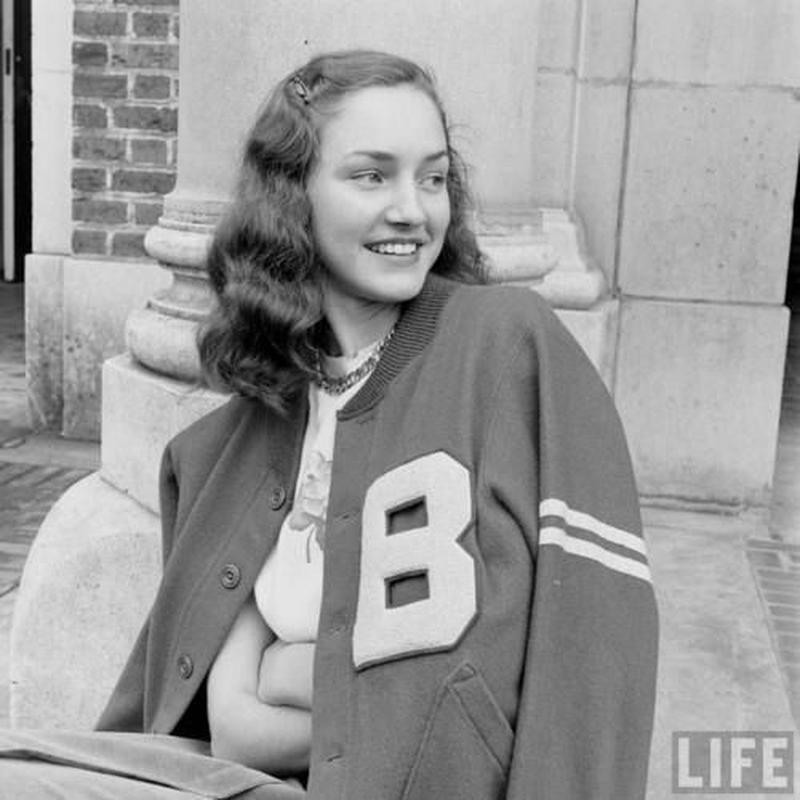



Today, sweaters come in all shapes, sizes, and materials, from cozy woolen pullovers to sleek cashmere cardigans. While machine-knitted sweaters dominate the market, hand-knitted sweaters like GOGO are still a beloved tradition preserved among crafters and fashion enthusiasts alike.
The history of sweaters is a fascinating story of innovation, fashion, and culture. From the humble hand-knitted sweater worn by fishermen to the stylish machine-knitted sweaters seen on the streets today, the sweater has come a long way. Whether you prefer the traditional warmth of a hand-knitted sweater or the sleek modernity of a machine-knitted one, there’s no denying that the sweater will always be a beloved and essential part of our wardrobe
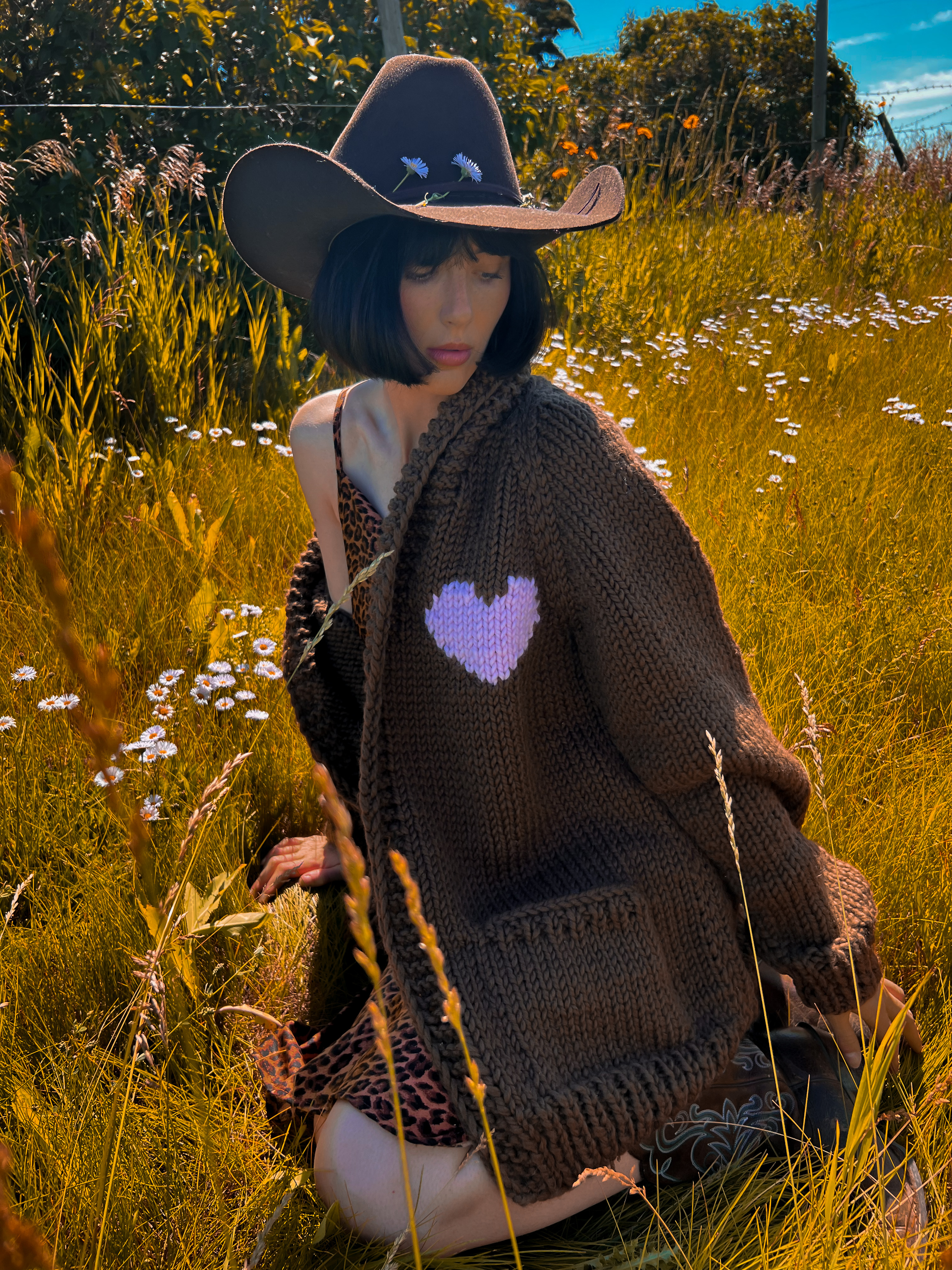

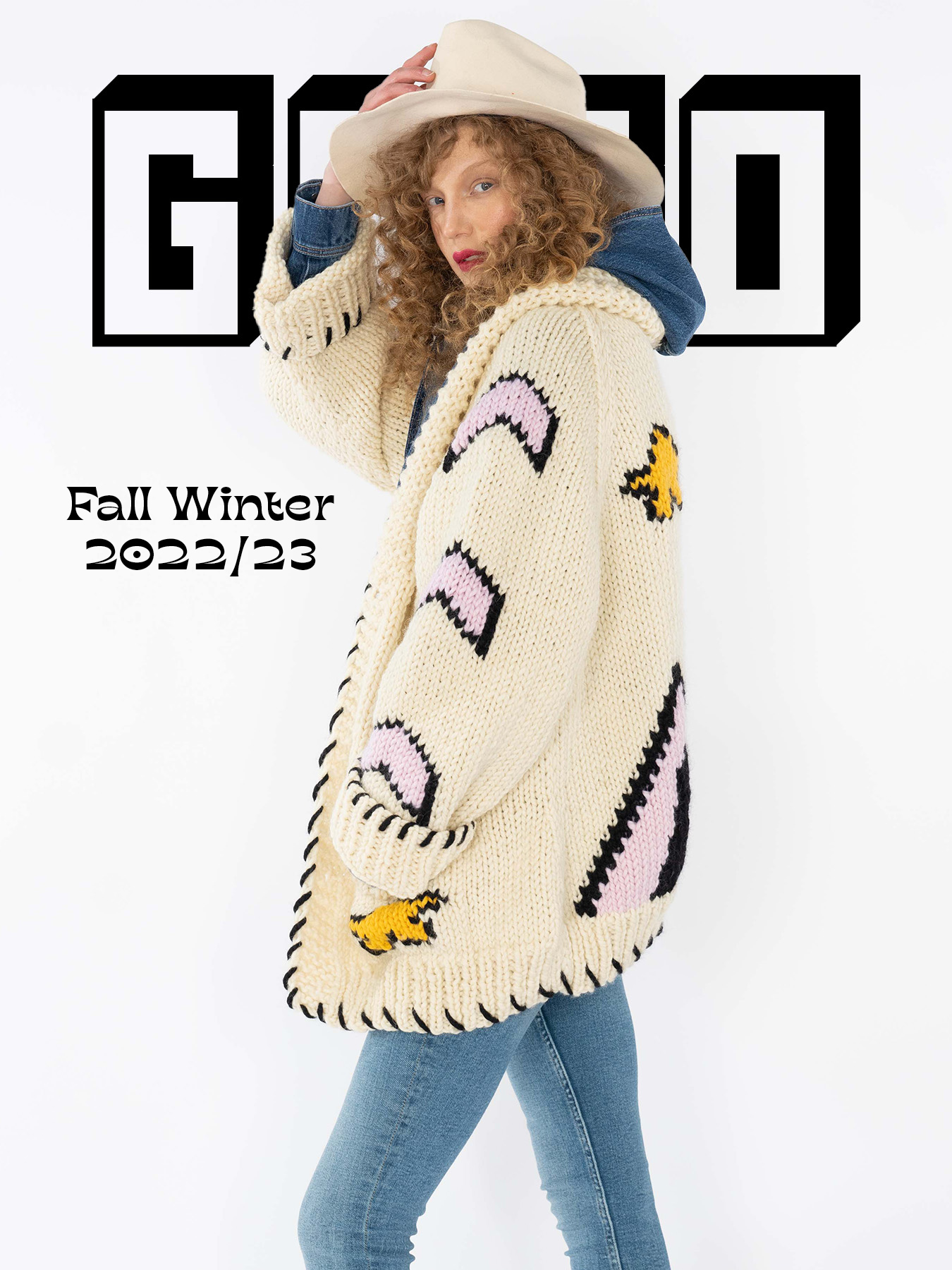
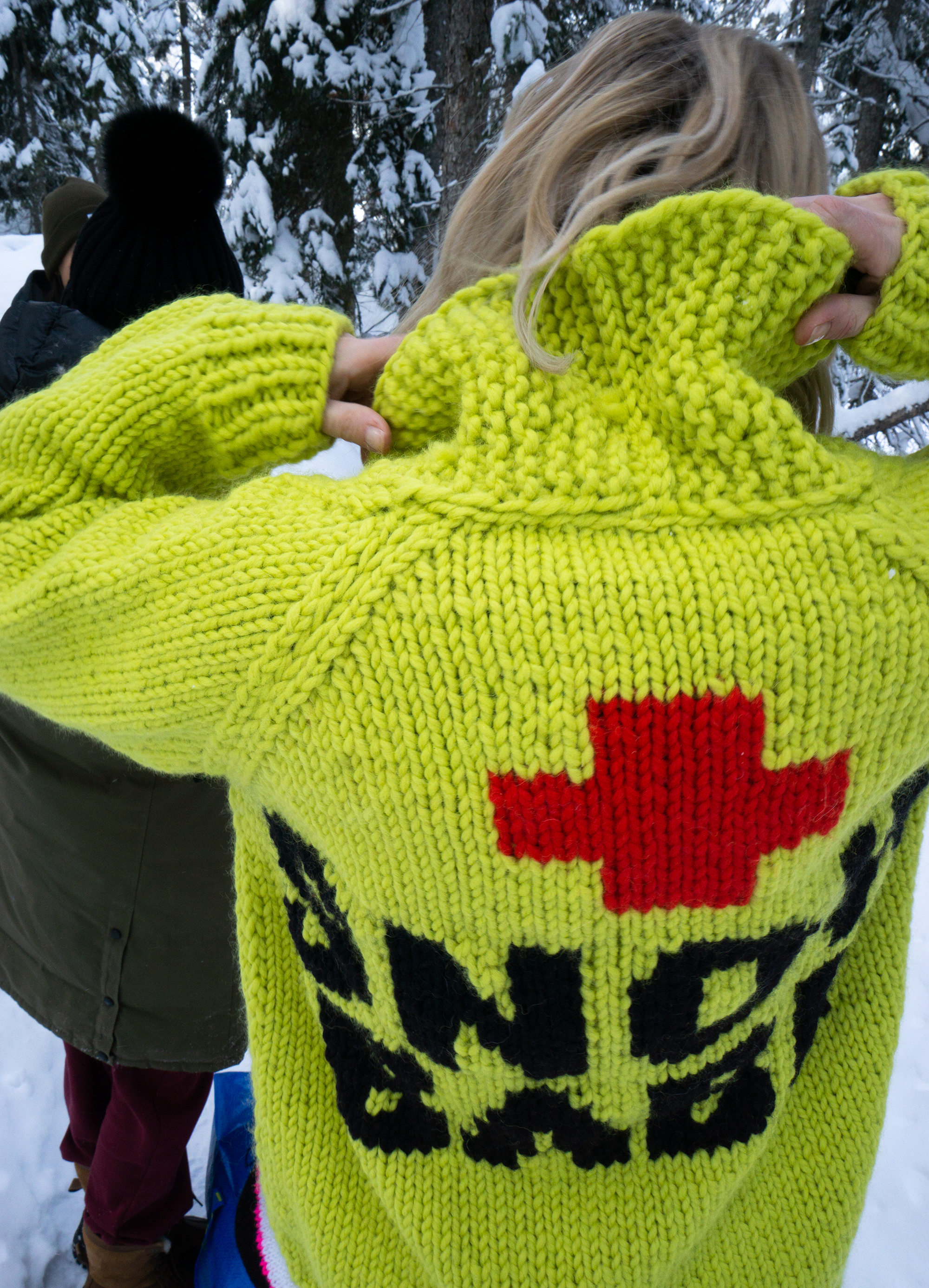
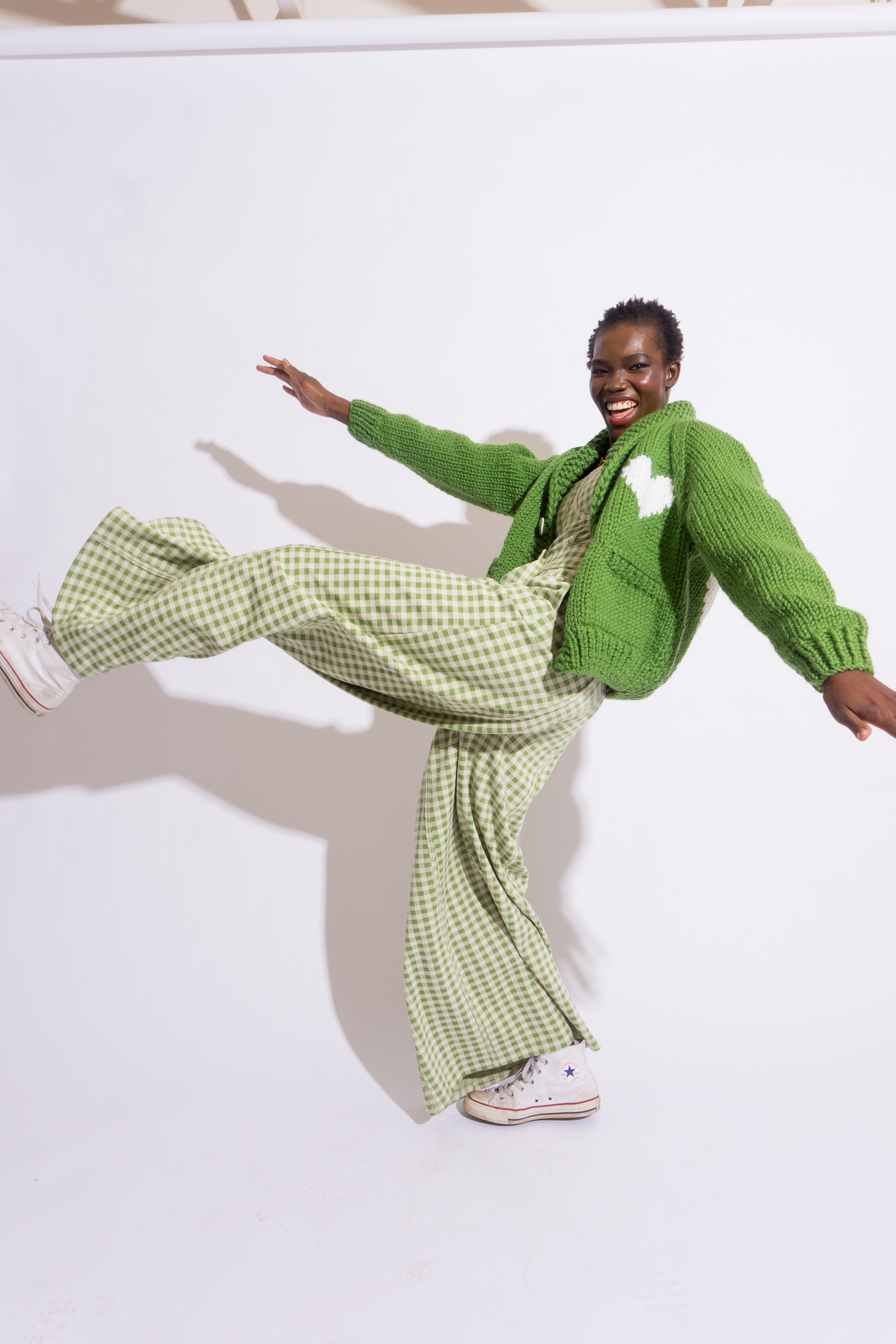
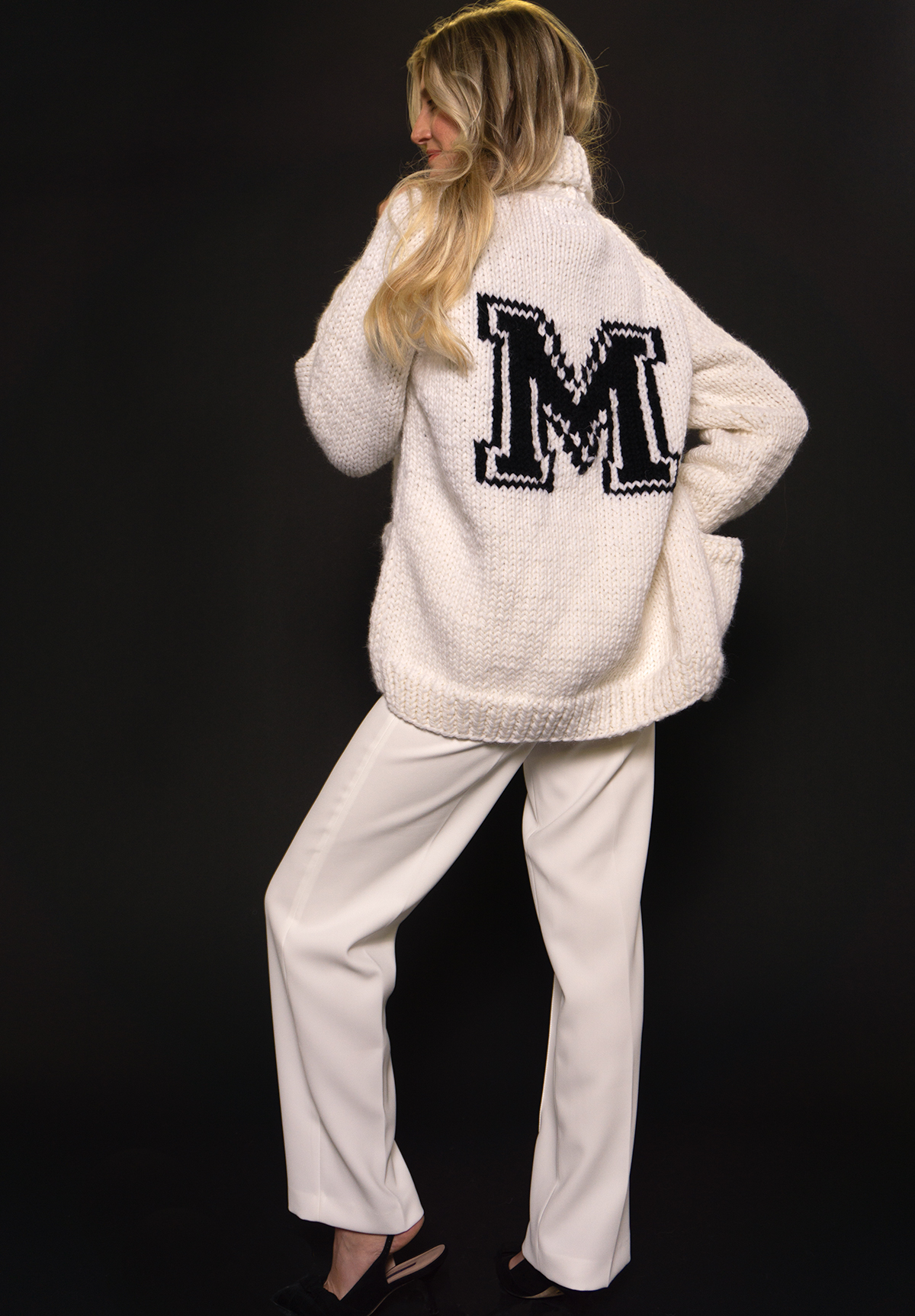

Sources











